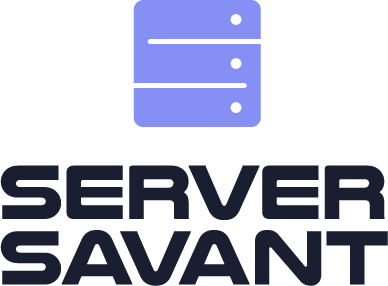Remote workshops have become an integral part of modern business operations. However, keeping participants engaged and achieving tangible outcomes can be challenging in a virtual environment. This comprehensive guide will help you design and facilitate remote workshops that drive real results.
Pre-Workshop Planning
Setting Clear Objectives
Before diving into the logistics, establish:
- Specific workshop goals and deliverables
- Key discussion points and decisions needed
- Desired participant outcomes
- Success metrics for the session
Technical Infrastructure
Select and test your technology stack:
- Primary video conferencing platform (Zoom, Teams, etc.)
- Collaborative whiteboarding tools (Miro, Mural)
- Interactive polling software (Mentimeter, Slido)
- Backup communication channels
Workshop Design Principles
Time Management
Structure your workshop with attention to:
- 90-minute maximum segments
- Regular 10-15 minute breaks
- Buffer time for technical issues
- Transition periods between activities
Engagement Techniques
Incorporate various participation methods:
- Small breakout groups (4-5 people maximum)
- Individual reflection periods
- Visual thinking exercises
- Anonymous idea submission
- Real-time voting and prioritization
Facilitation Best Practices
Opening Strong
Begin with:
- A compelling hook or icebreaker
- Clear agenda and expectations
- Technology orientation
- Ground rules for participation
Maintaining Energy
Keep participants active through:
- Regular role switching in breakout rooms
- Physical movement exercises
- Quick energizer activities
- Varied pace and activity types
Managing Participation
Ensure inclusive participation by:
- Using round-robin techniques
- Implementing “silent brainstorming”
- Creating designated speaking opportunities
- Monitoring chat and raised hands
Common Challenges and Solutions
Technical Issues
Prepare for common problems:
- Provide technical support contact
- Create backup plans for key activities
- Document troubleshooting steps
- Test all tools beforehand
Engagement Fatigue
Combat digital exhaustion through:
- Mixed media presentation
- Frequent activity switching
- Screen-free segments
- Interactive experiences
Post-Workshop Success
Documentation
Capture workshop outcomes:
- Record key decisions and actions
- Share collaborative board exports
- Distribute summary notes
- Archive chat discussions
Follow-up Process
Maintain momentum with:
- Immediate action item distribution
- Scheduled check-in points
- Progress tracking system
- Feedback collection
Measuring Workshop Effectiveness
Track success through:
- Participant feedback surveys
- Action item completion rates
- Long-term impact assessment
- Team engagement metrics
Conclusion
Remote workshops can be just as effective as in-person sessions when properly planned and executed. Focus on engagement, clear objectives, and proper follow-up to ensure your virtual workshops deliver tangible results for your organization.
Consider each workshop as an opportunity to refine your approach and build a stronger virtual collaboration culture within your organization.
